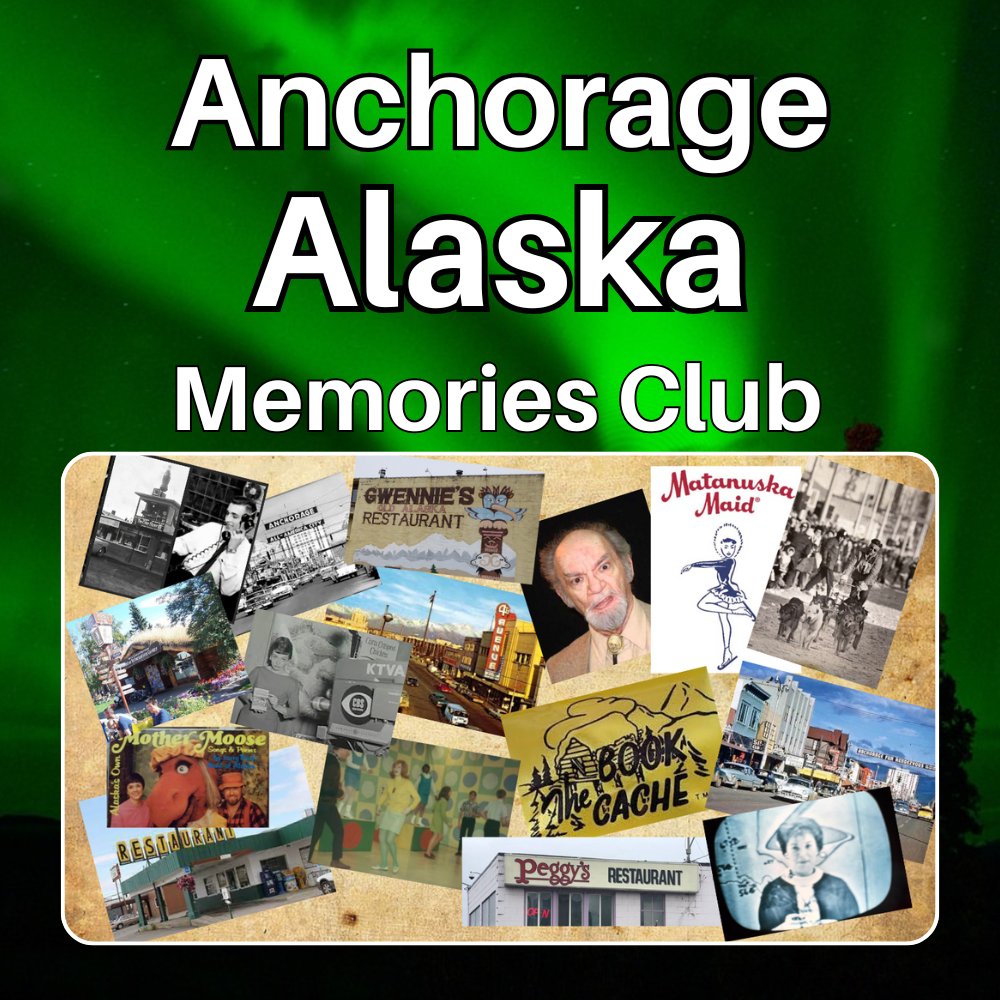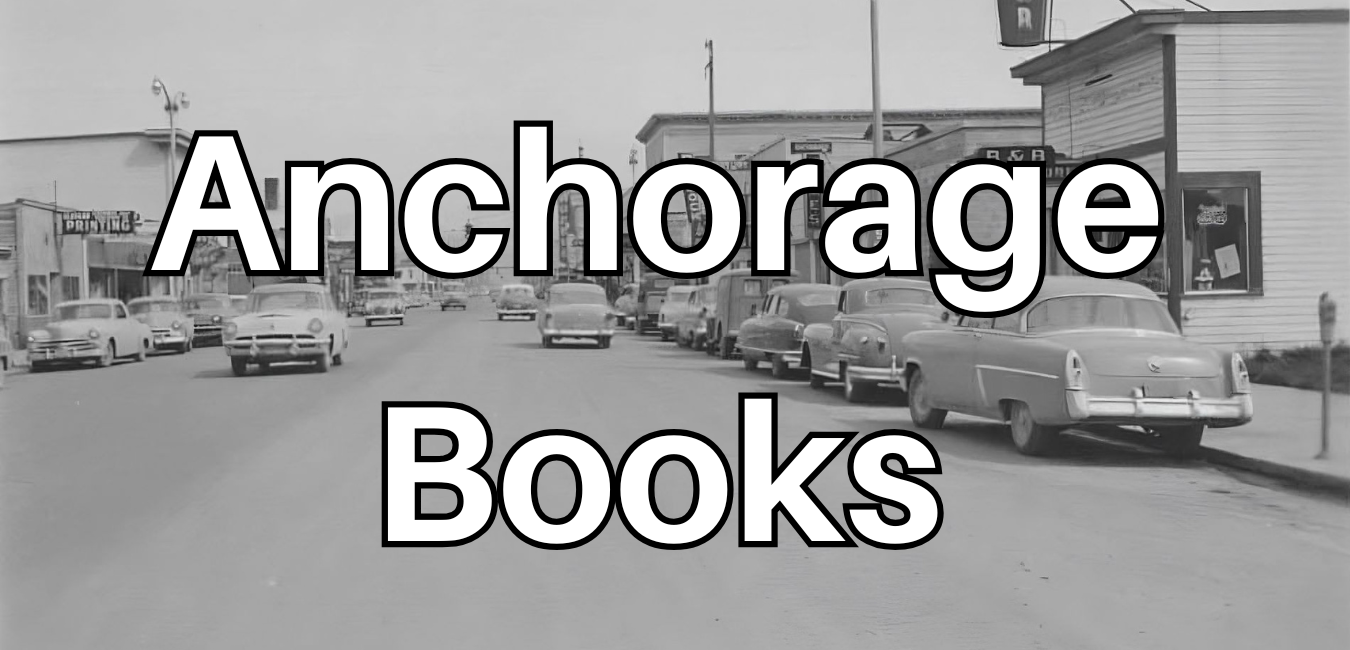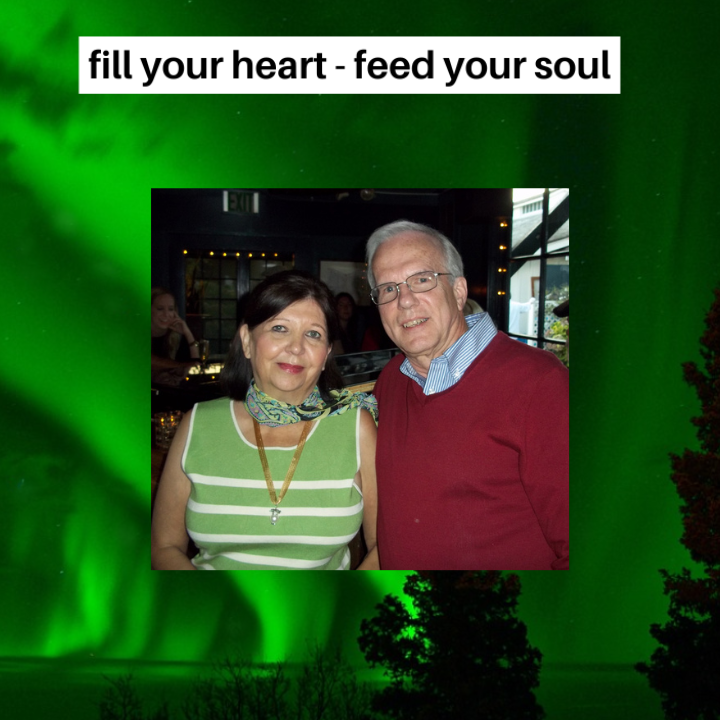Midnight at High Noon
by Michael R Dougherty
(California)

Mount Spurr
Imagine being just six years old and having your world turned upside down.
Our family was living in a log home on Fairbanks street near downtown
Anchorage, Alaska in 1953, and when I woke up one summer morning I noticed that something was wrong.
Mom and dad were huddled by the radio, and when I looked out the living room window, the clouds were dark and the sky looked very weird.
Our radio was blaring news about a volcano that was located about 70 or so miles across Cook Inlet from Anchorage. The volcano was named Mount Spurr, and it was beginning to spew a cloud of volcanic ash that was headed for Anchorage.
Mom and dad told me, my sister Anna and brother Tom that we had to stay in the house.
By noon, it was as dark as midnight outside. For a six-year-old kid, the whole idea of time had become confusing. How could it be noon? It was pitch-black outside. My world wasn't making any sense that day.
The ash was dark gray, and it was coming down so thick that it blocked the sun and had turned day into night. When I took a closer look out the living room window, I could see the dark ash falling like snow across a bright streetlight.
“Mom, dad, it looks scary outside” was all I could manage to say. That stuff that looked like “black snow” had turned our world upside down. Now the only traffic on the roads was an occasional police car or an official city of Anchorage truck, and all of them had their headlights turned on.
I knew it wasn't nighttime, but everything I saw through our living room window told me it was.
After lunch, I asked dad if I could go outside. He quickly told me, “no.” Of course, I wanted to know why, and dad was quick to point out that there was volcanic ash falling from the sky, and that everyone was supposed to stay indoors until the ash was no longer falling.
So, I asked my dad the six-year-old question, “when will it stop?” The grown-up answer was “nobody knows.”
Ok, so there I was, thinking I could be stuck inside our log home for the rest of my life if the dark ash never stopped falling. Well, I thought, at least I wouldn't have to go to school. But after thinking about it, I realized that eventually, we would run out of chocolate milk, so I was hoping that the ash would take a break pretty soon.
Kids bounce back from things pretty well and by the afternoon and on into the evening, me, my sister Anna and brother Tom had forgotten about
wanting to go outside to try and catch volcanic ash on our tongues, like you do when you catch snowflakes on your tongue.
“Hey mom, take a look at our black tongues. Yuck, it tastes like the inside of a burning mountain.”
And later that night, when it was supposed to be dark outside, our kid's world began making sense again.
By morning, Mount Spurr had stopped spewing volcanic ash and the sky was blue again.
After breakfast, much to our surprise and delight, mom and dad took us outside to look at the half inch or so of volcanic ash that covered
everything.
I remember that the ash looked dark gray, and it was like powder. We were told not to stomp on it or kick it up or sit down in it because mom didn't want it all over our clothes. We were only allowed to be outside in the ash for about 15 minutes before mom told us to go back inside the house.
For some reason, no one in our family thought to scoop up some volcanic ash as a souvenir. I wish we had because it would be fascinating to see that ash again after all these years.
Since the 1953 eruption of Mount Spurr, my wife and me and our children, Nikki and Christopher, were in Anchorage when volcanic ash came down two more times. But in both cases, the ash was an orange – like color, and it was much more course in texture. And when those eruptions took place, our day was not turned into night by falling ash.
While working at Anchorage's KENI-TV channel 2 (then KTUU), Mount Saint Augustine erupted and was spewing a gigantic plume of smoke and ash into the air just south of Anchorage.
I was sent by small plane, along with a reporter, to get aerial shots of the eruption.
As we circled the volcano, the pilot got a little too daring and got much too close. But it gave me the ability to shoot some spectacular film footage of the volcano.
As I was shooting some footage, I was standing with one knee on the window seat when suddenly the cabin filled with the noxious aroma of sulfur. The pilot quickly banked the plane to move farther from the mountain.
Because the move was so sudden and hard, I saw myself falling in slow motion and I ended up on the floor of the plane. As I lay there on the floor unable to move, the pilot announced “sorry, I was too close, and we sucked far too much sulfur into the engine. I moved us farther away so we
wouldn't have to spend the night next to an active volcano.”
That evening, on the Channel 2 six O'clock news, my footage looked spectacular.
Back home for dinner, my wife Mary asked me how my day had been. I told her about the volcano and the plane. She took the news well, but made me promise, as her husband and the father of her children, not to visit any more active volcanoes.





